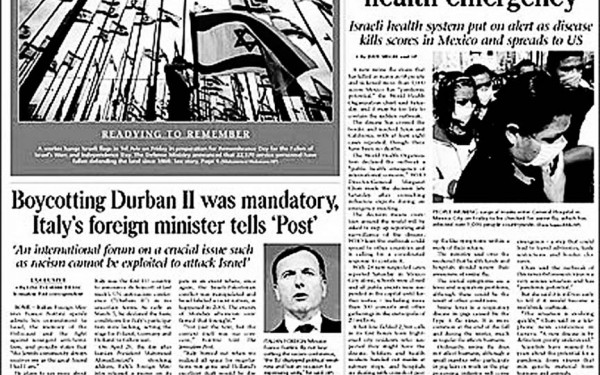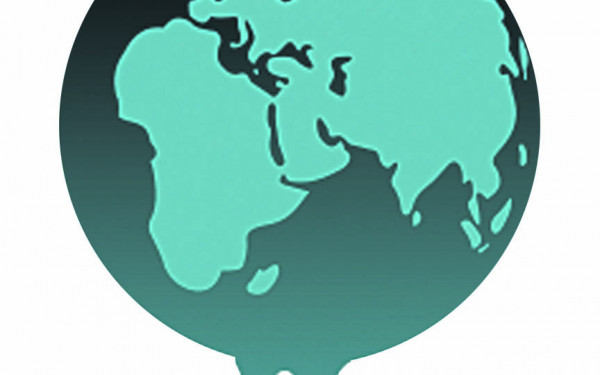WikiLeaks Unleashes ‘Cablegate’
Largest Release of Secret U.S. Documents in History
After almost a weekend of international political nailbiting, the quarter-million-document “Cablegate” dump has finally been published, bringing to the surface a plethora of nauseating international political realities.
On one side of the planet, U.S. Secretary of State Hillary Clinton advocated a secret intelligence campaign to spy on U.N. diplomats and Bulgarian officials, asking them to sneakily obtain fingerprints, credit card numbers, iris scans and encryption keys.
On the other, Saudi King Fahd bin Abdul Aziz implored the United States to attack Iran, also advising the U.S. to implant chips in Guantanamo detainees “like horses.” The U.S.’s panic seems to have been justified, as it now faces a political disaster that closely resembles a September 11th of diplomacy.
However, those gut-wrenching truths are only the beginning. After suffering from an hours-long cyberattack, WikiLeaks has only recently released its own Cablegate website, which is still being updated to offer all 251,287 cables in an organized, accessible format. In what may be a taunting gesture on WikiLeaks’s behalf, one of the three Cablegate servers is actually located within the United States.
Sense-forsaking political realities aside, the leak also documents a variety of colorful descriptions that U.S. government officials employed when discussing their international counterparts. Russia’s Prime Minister Vladimir Putin is dubbed “Batman” with President Dmitry Medvedev as his “Robin,” Italian President Silvio Berlusconi is described as “feckless, vain and ineffective,” German Foreign Minister Guido Westerwelle is called “arrogant” and “vain,” while Afghan president Hamid Karzai is summarized as “an extremely weak man who did not listen to facts but was instead easily swayed by anyone who came to report even the most bizarre stories or plots against him.”
WikiLeaks released a statement on its Cablegate website that the “document release reveals the contradictions between the U.S.’s public persona and what it says behind closed doors. [It] shows that if citizens in a democracy want their governments to reflect their wishes, they should ask to see what’s going on behind the scenes.”
The leak also provides valuable evidence on many recent political issues, backing, for instance, rumors of China being behind the January 2010 attack on Google. China had previously repeatedly denied the cyberattack, calling any claims to it “groundless.”
Iran in particular seems to be a candid target in the diplomatic cables. One cable reveals how French president Nicholas Sarkozy called Iran a “fascist state,” clamoring for “the next steps.” Another cable warns of a possible upcoming war with Iran, stating that “without progress in the next few months, we risk nuclear proliferation in the Middle East, war prompted by an Israeli strike, or both.”
The international political panic is rising, and has tipped into ugly, embarrassing insanity in Australia, where the Australian government has banned WikiLeaks, imposing heavy fines on those that even link to the website.
A third cable details how Iran concealed plans for a secret nuclear reactor, complaining that “contact with Iran over ‘possible military dimensions’ of the nuclear program was at an ‘absolute stalemate.’” A fourth communiqué shows how Iran exploited the Red Crescent to facilitate the entrance of armed agents into Lebanon in 2008.
The international political panic is rising, and has tipped into ugly, embarrassing insanity in Australia, where their government has banned WikiLeaks, imposing heavy fines on those that even link to the website.
The US, who just yesterday seized a domain name and replaced it with an IP-tracking website, had its New York representative Peter T. King urge Hillary Clinton to designate WikiLeaks as a Foreign Terrorist Organization, saying that it “presents a clear and present danger to the national security of the United States.”
The U.S.’s reaction, however, is two-faced: While the superpower has repeatedly decried WikiLeaks as causing deadly danger to innocent individuals, recently-published letters between Julian Assange and the U.S. government show that government officials have also repeatedly refused to cooperate with Assange in order to “privately nominate any specific instances where it considers the publication of information would put individual persons at significant risk of harm that has not already been addressed.”
This WikiLeak seems to be the one to develop the most gradually as of yet, but it also seems to be the most damning. WikiLeaks released a graph that demonstrates both the broad number of categories and the sheer size of the leak, implying that it will take weeks to analyze its contents entirely.
External Political Relations, Internal Governmental Affairs and Human Rights occupy the busiest end of the spectrum, with the leak ranging far into other topics such as personal computers, science grants and military capabilities.
In the minds of diplomats that survive solely on the secrecy of their true dealings, the line between truth and panic is thin; whether it is too thin for their tightrope artistry is finally being revealed.
This article originally appeared in Volume 31, Issue 16, published November 30, 2010.


_600_832_s.png)



__600_375_90_s_c1.jpg)